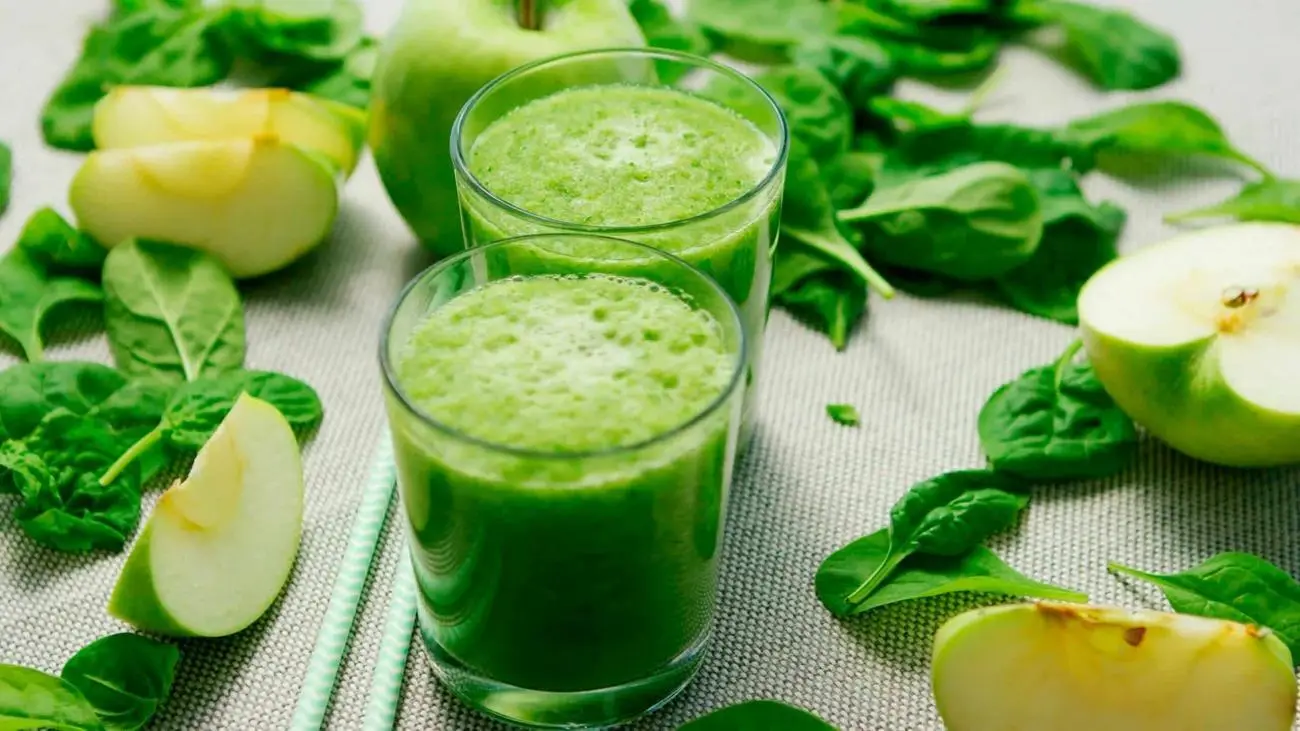The best microgreens for indoor growing and low-light conditions

Introduction
Microgreens have gained popularity in recent years as miniature versions of edible greens packed with flavor, vibrant colors, and a concentrated nutritional punch. While growing microgreens outdoors under ideal conditions is relatively straightforward, many enthusiasts face challenges when attempting to cultivate them indoors or in low-light environments. This article aims to guide aspiring indoor gardeners in their quest for successful microgreen cultivation by exploring the best varieties suited for indoor growing and low-light conditions. We will delve into their unique characteristics, optimal growing techniques, and the nutritional benefits they offer.
I. Understanding Microgreens
- What are Microgreens? Microgreens are young, tender seedlings of various vegetables and herbs. They are harvested at an early stage, typically when the first true leaves have developed. Despite their small size, microgreens possess concentrated flavors, vibrant colors, and a high nutrient content.
- Benefits of Growing Microgreens Indoors: Indoor microgreen cultivation offers several advantages, including year-round availability, control over growing conditions, and convenience. It allows individuals to enjoy fresh, homegrown greens even in small spaces or areas with limited access to natural light.
II. Microgreens for Low-Light Conditions
- Radish (Raphanus sativus): Radish microgreens are an excellent choice for low-light environments. They are quick-growing, adding a spicy kick to dishes. Radish microgreens thrive in cooler temperatures and can tolerate less sunlight compared to other varieties.
- Kale (Brassica oleracea): Kale microgreens are rich in vitamins and antioxidants. They adapt well to indoor settings, requiring minimal light and space. Kale microgreens offer a mild, earthy flavor and are available in various colors and leaf shapes.
- Cilantro (Coriandrum sativum): Cilantro microgreens add a fresh and tangy flavor to culinary creations. They grow relatively quickly and can thrive in low-light conditions. Cilantro microgreens are known for their vibrant green leaves and aromatic qualities.
- Beet (Beta vulgaris): Beet microgreens are visually stunning with their deep red stems and vibrant green leaves. They possess a sweet, earthy flavor and adapt well to indoor cultivation. Beet microgreens are nutrient-dense, packed with antioxidants and minerals.
- Mizuna (Brassica rapa): Mizuna microgreens feature delicate, feathery leaves with a mildly spicy taste. They are an ideal choice for low-light conditions, as they can grow with minimal sunlight and maintain their flavor and texture.
III. Optimal Growing Techniques for Indoor Microgreens
- Light Requirements: While low-light varieties are more tolerant, microgreens still require some light for growth. Place them near a south-facing window or use artificial lighting sources, such as full-spectrum LED grow lights, to provide adequate illumination.
- Growing Medium: Choose a soilless growing medium, such as coconut coir or peat moss-based mixes, for optimal drainage and aeration. These mediums are lightweight and retain moisture well, ensuring healthy root development.
- Container Selection: Select shallow trays or containers with drainage holes to prevent waterlogging. Consider using trays specifically designed for microgreen cultivation to facilitate easy harvesting.
- Watering and Moisture: Water microgreens gently and ensure the growing medium remains consistently moist, but not waterlogged. Avoid overwatering, as it can lead to mold or fungal issues.
- Temperature and Humidity: Microgreens generally thrive in temperatures between 60-75°F (15-24°C). Maintain adequate humidity by misting the growing area or using a humidifier, especially in dry indoor environments.
IV. Nutritional Benefits of Microgreens
- Concentrated Nutrients: Microgreens are known for their dense nutritional profiles. Despite their small size, they often contain higher concentrations of vitamins, minerals, and antioxidants compared to their mature counterparts. For example, microgreens like kale and cilantro can provide significant amounts of vitamin C, vitamin K, and beta-carotene.
- Antioxidant Power: Microgreens are packed with antioxidants, which help combat oxidative stress and support overall health. These antioxidants include various compounds such as polyphenols, flavonoids, and carotenoids. Microgreens like beet and radish are particularly rich in antioxidant compounds.
- Dietary Fiber: Microgreens can contribute to dietary fiber intake. Although the fiber content varies depending on the variety, incorporating microgreens into your diet can support digestive health and help maintain healthy blood sugar levels.
- Phytonutrients: Microgreens contain a wide range of phytonutrients, which are plant-based compounds that offer numerous health benefits. These include sulforaphane in broccoli microgreens, which has been associated with potential cancer-fighting properties, and lutein in kale microgreens, which supports eye health.
V. Harvesting and Enjoying Microgreens
- Harvesting: Microgreens are typically harvested when they have developed their first true leaves. Using clean scissors, cut them just above the soil level. Rinse gently and pat dry before consumption.
- Culinary Uses: Microgreens are versatile and can be used in various culinary creations. Add them to salads, sandwiches, wraps, or garnish soups and main dishes. Their vibrant colors and fresh flavors elevate the visual appeal and taste of any dish.
- Storage: Microgreens are best consumed immediately after harvest to maximize freshness and nutritional value. If storing is necessary, gently wrap them in a damp paper towel, place them in an airtight container, and refrigerate. However, they are most flavorful when enjoyed promptly.
Conclusion
Growing microgreens indoors, especially in low-light conditions, opens up a world of fresh, nutrient-dense greens right at your fingertips. By selecting the appropriate varieties, providing adequate lighting, and employing optimal cultivation techniques, you can successfully cultivate microgreens indoors. Not only do these miniature greens add beauty and flavor to your meals, but they also offer a plethora of health benefits. Experiment with different microgreen varieties to discover your favorites and embark on a journey of vibrant and nutritious indoor gardening.
Remember to enjoy the process of cultivating these miniature greens and savor the delightful experience of harvesting and incorporating them into your culinary creations.













